Date: 26 November 2013
Secondary metabolites, structure diagram: Trivial name – dihydrocitrinone
Copyright: n/a
Notes:
Species: A. carneusSystematic name: 1H-2-Benzopyran-7-carboxylic acid, 3,4-dihydro-6,8-dihydroxy-3,4,5-trimethyl-1-oxo-, (3R,4S)-Molecular formulae: C13H14O6Molecular weight: 266Chemical abstracts number: 65718-85-6Selected references: Chien, M. M.; Schiff, P. L., Jr.; Slatkin, D. J.; Knapp, J. E. (Sch. Pharm., Univ. Pittsburgh, Pittsburgh, Pa., USA). Lloydia, 40(3), 301-2 (English) 1977.
Images library
-
Title
Legend
-
The chest x-ray shows a patient who had a left lung transplanted in May 2003 for cryptogenic fibrosing alveolitis, which was diagnosed post-transplant as sarcoidosis.
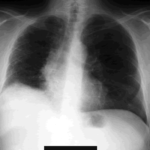
-
Gross pathology demonstrating the great pleural thickness and two cavities (upper lobe and superior segment of lower lobe) with fragments of fungal mass.

-
Histopathological appearance of a fungus ball. Note a conidial head resulting from fungal exposure to the air.
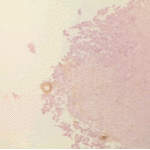
-
Histopathological appearance of a fungus ball caused by Scedosporium apiospermum. The presence of anneloconidia differentiates it from Aspergillus.

-
Chronic necrotising aspergillosis. Hyaline hyphal and calcium oxalate crystals obtained by needle aspirate biopsy from a diabetic patient with chronic necrotizing aspergillosis caused by Aspergillus niger (Papanicolaou, x 100).
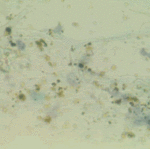
-
Aspergillus niger fungus ball and acute oxalosis. Higher magnification of adjacent replicate section.
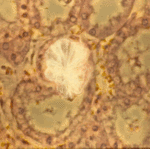
-
Oxalate crystals within renal tubuli (H&E, phase contrast, x 100). This patient developed acute oxalosis.
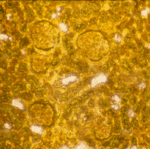
-
Lung surface. Fungus ball, severe parenchymal fibrosis and pleural thickening.


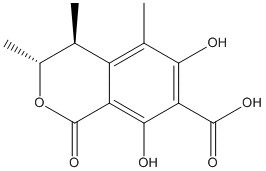
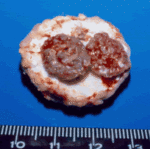 ,
, 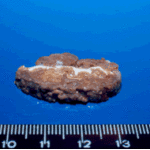
 ,
, 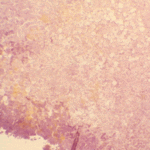 ,
, 